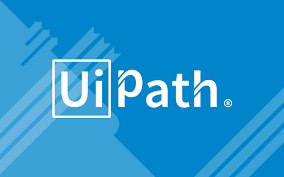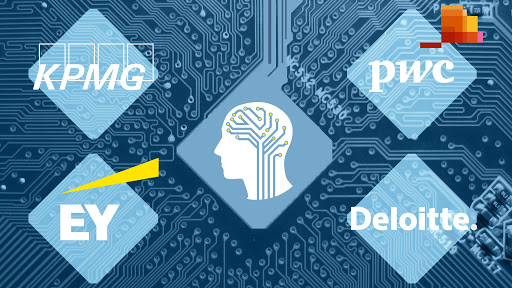Robotic Process Automation (RPA) is already a very famous niche on the information technology sector. The market well understands the need for a technology that automizes the multitude of repetitive tasks that each enterprise faces. Performing simple but time-consuming rule-based tasks, such as processing invoices, modifying documents or sending e-mails is much more efficient with an RPA algorithm.
Despite its attractive scope, RPA is still perceived merely as an emerging technology. Tailor-made robots that automize company-specific tasks are not yet a very cost-effective investment and it also requires highly skilled IT specialists to program the robot. However, Ui.Path, a rapidly growing start-up, offers a more easy-to-use and user-friendly platform that allows even non-IT specialists to design RPA algorithms to automize their tasks. The company provides not very long trainings to use the platform, which is a much more effective investment on employees compared to contracting programmers to write the algorithms.
The company is interesting from both an information technology and a financial perspective. It was founded by Daniel Dines who quickly became the richest Romanian. With its first large-scale market launch in 2015, the start-up grew immensely within these years, being currently evaluated at approximately 10 billion dollars (65% compounded annual growth rate). Ui.Path is the only RPA provider named to Forbes AI 50 in 2020, and it is planning to launch an IPO in the nearby future which will be a very interesting event for the financial market. Its effectiveness is very notable for the financial sector companies. Employees on this industry face a lot of easy and repetitive tasks, and with the digitalization trends they can be easily incentivized to learn to use this RPA platform in their daily tasks. Major giant companies have contracted Ui.Path, such as Citi Bank, PwC, EY, Deloitte, Orange, etc.
Subsequently, Ui.Path is a very interesting start-up on the RPA sector, fully deserving very careful monitoring in the next few years. Perhaps it’s the next tech giant, considering its current growth?
References
Ui.Path 2020, About Us, Ui.Path, https://www.uipath.com/company/about-us
Ohnsman, A., Kenrick, C. 2020, ‘AI 50: America’s Most Promising Artificial Intelligence Companies’, Forbes, 3 July, https://www.forbes.com/sites/alanohnsman/2020/07/03/ai-50-americas-most-promising-artificial-intelligence-companies/#63badb185c99
Ui.Path 2020, Customer Success Stories, Ui.Path, https://www.uipath.com/solutions/customer-success-stories


